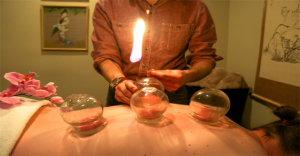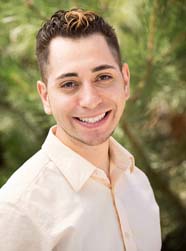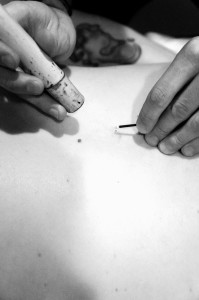What is Traditional Chinese Medicine?
Traditional Chinese Medicine (TCM) is a practice with approximately 3000 years of documented history. It acknowledges human beings as an integrated whole made of the physical body, mind, and spirit.
According to TCM disease occurs when either internal factors, such as emotions, or external factors, such as weather, knock a person out of balance. To reestablish the balance present when health is optimal, various techniques are used.
These techniques include acupuncture, cupping, gua sha, heat therapy, bleeding, herbal therapy, moxibustion, tui na (traditional Chinese message), dietary changes, and lifestyle changes. (See below for descriptions of these techniques)

Techniques used in Traditional Chinese Medicine:
- Cupping: a technique in which cups made of glass or other materials are placed on the skin with a vacuum created by heat or other device.
- Gua Sha: pressure and scraping of the skin with a Chinese message tool.
- Heating Lamp or Pad: a product that produces heat on the acupuncture points and meridians.
- Electrical Acupuncture: use of an electrical device to produce electrical stimulation on the acupuncture needles.
- Bleeding: a small puncture made in skin allowing for the bleeding of a few drops of blood.
- Herbs: traditional Chinese herbs in pills, powders, tinctures, liniments, pastes, or plasters. Herbal formulas may include shell, mineral, and animal materials.
- Moxa: indirect burning on an acupuncture point using stick, rice grain, or needle moxa to relieve symptoms.
- Tui Na: therapeutic traditional Chinese message.



